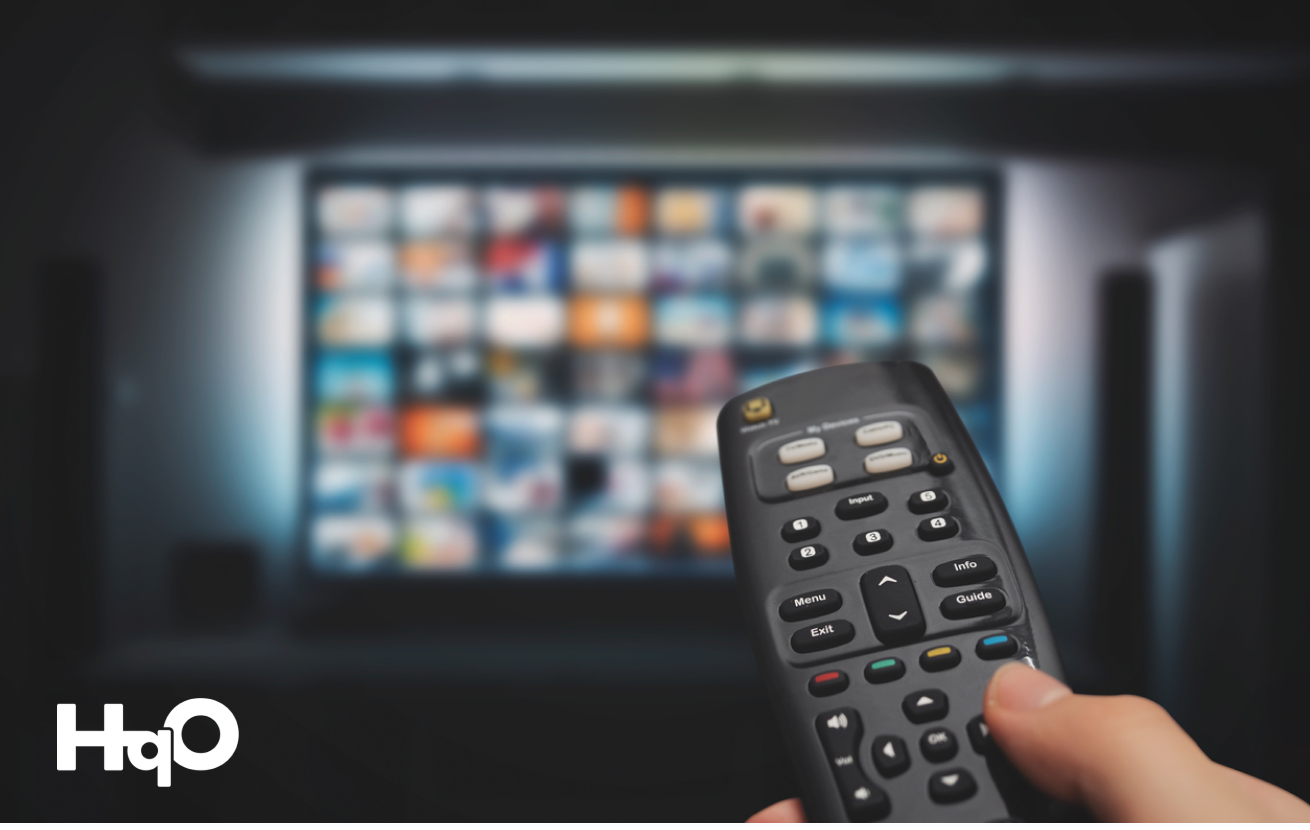Back in the 1990s, television viewers were delighted by a new viewing experience. The plasma TV offered viewers picture quality that was absolutely outstanding. For those who could afford the outrageous prices (not me), it was awesome. Since that time, the screens have become bigger, the picture quality better, and prices have fallen like a rock.
In the 90s, the cost of a 42” plasma TV was north of $10k and it stayed there into the early 2000s. Today, it’s hard to find a plasma TV because the technology has evolved. However, consumers can buy a 65” ultra HD TV for just a few hundred dollars. It consumes less energy, has better picture quality, and costs a fraction of what that original plasma HD TV did.
Every product in every industry at some point goes through a period of commoditization. Consider the real estate industry: historically, similar buildings located in similar areas tended to compete mostly on price. The one with the lower cost per square foot won the new tenant.
BUT, it doesn’t have to be that way. Consumers have started to show preference and willingness to pay a premium for experience. Smartphones, for example, have largely the same functionality. An Android phone can call, text, browse the internet, take beautiful photos, and provide the user with all of the same entertainment, information, and utility as an iPhone. Yet the average selling price of the iPhone is more than 3x that of an Android ($873 vs. $269).
Consumers pay more for the iPhone because it is beautifully designed. Its slick user interface feels premium and is easily navigable.
Consumers pay more for the iPhone because Apple has created a brand. It’s a status symbol to use an iPhone.
Consumers pay more for the iPhone because of the connection to their community. It’s easy to FaceTime and text with other iPhone users due to their established technology ecosystem.
Technology created opportunities to differentiate across categories. For commercial real estate, it will undoubtedly play a critical role in unwinding commoditization and separating from the pack. Data-driven decisions focused on the previously inaccessible end-user of the product, coupled with an enhanced, tech-enabled experience on the property, is the key to exponential value creation for the occupant. And we all know that the occupant — the employee -— now has more power and influence than ever before.



